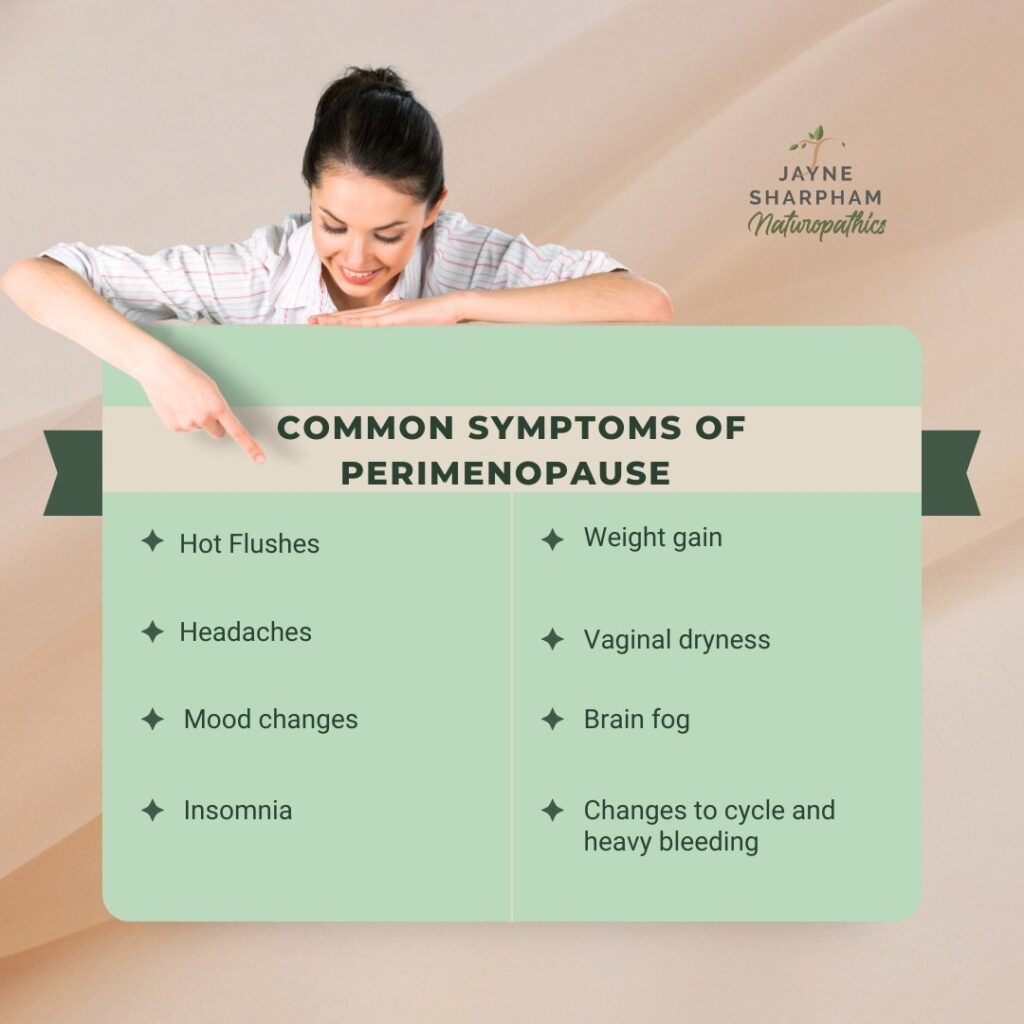The complexity of Iron

Iron deficiency is the most common deficiency we see presented in clinic. It is a complex nutrient in many ways due to the way that it is absorbed. I have done some more recent trainings on iron absorption which has given me more insight into ways to support more stubborn iron deficiency states.
Iron deficiency can be caused by pregnancy, excess blood loss via heavy periods, vegetarian or vegan diets, coeliac disease, bowel disease or poor eating habits. It is more common in women of menstrual age, growing children, and elderly people. As I will explain in further detail, stubborn iron deficiency states may also be triggered by underlying inflammation, infection or gut microbiome issues.
Symptoms can include tiredness, feeling “oxygen hungry” or breathless, foggy headed, hair loss, poor nails, being pale, poor wound healing or poor immunity, headaches, poor sleep, poor focus, dizziness.
It’s important that iron is tested before treatment. On blood pathology, we look at the ferritin level, to see the levels of stored iron- it’s not just about haemoglobin. Ideally we want ferritin to be well above 30ug/L.
Iron is regulated in the body by an enzyme called hepcidin. Hepcidin is like the boot on the door stopping the transport of iron, and only allowing it through at the right time. It holds the door closed for iron absorption for 48 hours. This is generally why we are now recommending iron supplements every 2nd day.
In the state of higher iron levels, inflammation or infection, hepcidin enzyme is increased to block the transport of iron. When iron levels are depleted, hepcidin is reduced allowing for increased absorption of dietary iron and mobilisation from stored iron.
Therefore, taking high amounts of iron (such as some of the forms found in pharmaceutical brands) can actually block the absorption of iron, and it can impact on the gut microbiome, which further compounds the issue. Ironic isn’t it. It’s important that we look at all factors when treating iron deficiency. We need to look at not only dietary intake and managing heavy bleeding, but also looking at any underlying infection, inflammation and the health of the gut.
The role of the digestion and the gut microbiome is critical for the absorption of iron. We need good levels of hydrochloric acid in our stomach to absorb iron. We also need a healthy gut lining, and an acidic environment in the bowels to absorb iron. Lactobacillus strains of probiotics assists this acidic, especially Lactobacillus plantarium 299v. This strain has been shown to make iron more bio-available as well as acting as an anti-inflammatory in the gut.
If your iron deficiency is stubborn we can look at supporting these pathways in clinic and we can prescribe this probiotic alongside a suitable iron.
Iron rich foods include red meat, darker chicken meats, egg yolk, liver, parsley, sundried tomatoes, dried apricots, tahini, hommos, lentils, tofu.
Interestingly, I have had some really positive results with increasing ferritin levels recently from using beef liver capsules for a few clients. One patient had a ferritin level of 22ug/L and it increased to 60ug/L after several months of taking beef liver capsules.
Please don’t self prescribe iron- it can be toxic for some people. Make an appointment with is to discuss.








Responses